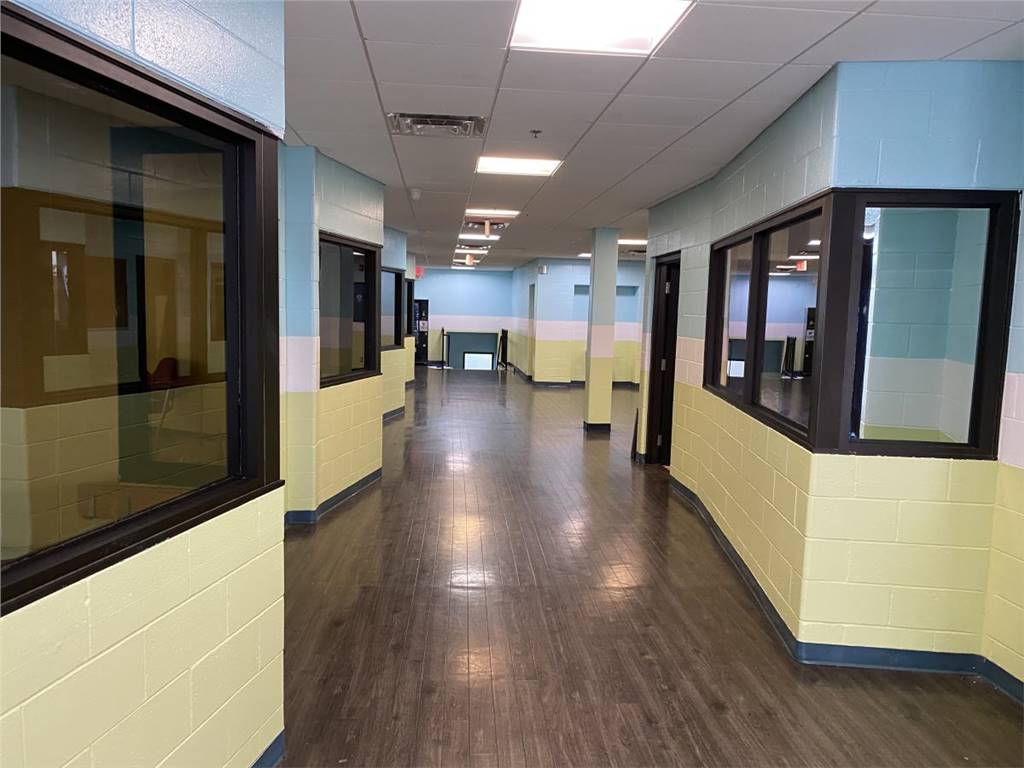
Painting Concrete: Tips For Beginners
Concrete is a versatile material that can be used for a variety of applications, from driveways to patios. While it is typically left in its natural state, painting concrete can add aesthetic appeal or simply make it more durable. If you're thinking about painting concrete, there are a few things you should keep in mind. In this blog post, we'll share some tips for beginners on how to paint concrete successfully. Whether you're looking to add a pop of color or simply extend the lifespan of your concrete surfaces, follow these tips for the best results. Thanks for reading!
Why You Should Paint Concrete?
There are many reasons why you should paint concrete. One of the most important reasons is because it can help protect the concrete from wear and tear. Concrete is a very durable material, but it can still be damaged over time if it's not properly taken care of. Painting it will help to seal and protect the concrete from moisture, mildew, and other forms of damage.
Another reason to paint concrete is that it can make it look nicer. Concrete can be quite plain and boring, but painting it can add color and life to its appearance. A painted surface will also be much easier to clean than an unpainted surface.
Finally, painting concrete can help to insulate it from the elements. One way to help insulate concrete is to paint it with a special coating that will reflect heat back into the air. This can be effective in climates where there is a lot of winter cold or summer heat.
Another way to protect concrete from the elements is by using a sealant or coating that will help keep out moisture. This is especially important in areas that are prone to flooding or where there is high humidity. A good sealant will also help to prevent the growth of mold and mildew on the surface of the concrete.
Tips for Painting Concrete:
Here are a few tips for painting concrete:
1. Clean the surface of the concrete thoroughly before painting.
Cleaning the surface of concrete prior to painting helps to ensure that the paint will adhere properly and last longer. Over time, dirt, dust, and other buildup can accumulate on concrete surfaces, making it difficult for paint to adhere correctly. By cleaning the surface before painting, you create a smooth substrate for the paint to grab onto, resulting in a better-looking and longer-lasting finish.
2. Use a primer before painting.
Priming your concrete before painting can help to improve the paint's adhesion, durability, and overall appearance. Concrete is a porous material, so applying a primer helps to seal any pores and create a smooth surface for the paint to adhere to. This can prevent peeling, flaking, and other paint issues down the line. In addition, priming can also help to hide any imperfections in the concrete and give the paint job a more professional finish.
3. Paint in thin layers.
When painting concrete, it's important to use thin layers to avoid cracking and peeling. By applying several thin layers of paint, you'll achieve a more even finish and will be less likely to experience problems with the paint peeling or chipping. Additionally, using thin layers of paint will help the paint to dry faster, which is important when painting a large surface like a concrete wall.
4. Choose a high-quality paint that is formulated for use on concrete surfaces.
Concrete surface paint is designed to provide a smooth, durable surface that can be painted over quickly and easily. The paint forms a protective barrier that seals the concrete and prevents moisture damage.
In addition, the paint contains special binders that help to bind the concrete together and prevent cracking. The paint also contains acrylics that help to seal in the color and keep it from fading over time. In addition, these paints often have a high level of pigment concentration, which can provide better coverage and a more consistent color when painting.



